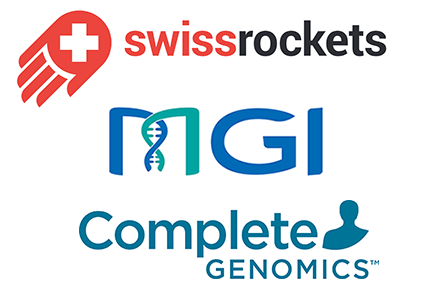Recently, the first meeting of the "Million Microbiome of Humans Project (MMHP)" International Cooperation Program was held in the National Gene Bank of Shenzhen. This program is currently the world's largest international microecology research program, and is committed to the protection of 1 million human microorganisms in the next few years. The samples were sequenced and analyzed to build the world's largest human microbiome database.
At the meeting, 10 scholars and experts from Sweden, China, France, Latvia, Denmark, and the Netherlands delivered speeches, and more than 100 industry professionals attended the meeting. Experts and scholars at home and abroad focused on the cooperation framework, organizational form, data storage and Preliminary consensus was reached on issues such as sharing, and project open cooperation.The current progress of the project was in line with expectations, and agreement was reached on the next stage of work deployment.
MMHP is creating an open source database that benefits all partners
Professor Mathias Uhlén, member of the Royal Swedish Academy of Sciences and the Academy of Engineering, said: "MMHP is creating an open-source database that benefits all partners, which will promote and lead the development of the field of microbiology. We are glad that we are working with a group of outstanding people , And also welcome other people with lofty ideals to join. We will eventually make history in this frontier field. "
To define a healthy individual microbiome, it must be combined with multiomics analysis and rely on large population research
Professor Lars Engstrand, Director of the Center for Translational Microbiology Research, Karolinska Medical College, Sweden, said: "Since the project was launched, the Swedish Transformative Microbiology Research Center (CTMR) completed the research in a short period of time based on MGI's high-throughput sequencing platform. Nearly a thousand samples were sequenced and 9Tb data was obtained.
Individual microbiome is dynamically changed in the life cycle. To define a healthy individual microbiome, it must be combined with multiomics analysis methods and rely on large population research. Large population research requires standardized sample collection, extraction, sequencing, and analysis processes. "
Professor Lars Engstrand introduced the design of the cohort study of large populations and how to determine the risk factors related to the disease, including the elderly cohort (over 60 years old, 30,000 people in total), SIMPLER cohort (110,000 people) and other cohorts. At the same time, the sample collection device designed for different sampling sites and the evaluation of the impact of different DNA extraction kits on the results are shown.
Gut microbes are one of the factors affecting the development of diabetes
At the meeting, researcher Liu Ruixin from Shanghai Ruijin Hospital-China National Center for Clinical Research on Metabolic Diseases introduced the research results of Academician Ningguang's team.The study showed that intestinal microorganisms are also one of the factors affecting the occurrence of diabetes.
Microbial abundance is closely related to human health and disease
Professor Stanislav Dusko Ehrlich, chief scientist of the French National Academy of Agricultural Sciences (INRA) MetaGenoPolis project, also shared his research results, and the research showed that microbial richness is closely related to human health and disease. In addition, other from different countries Of scientists also shared their latest research results for the conference.
We are making history
As Academician Yang Huanming said in the speech of the conference, the project is of great significance. "We are making history. Through such a large-scale international cooperation plan, Chinese scientists will continue to cooperate with scientists from various countries for a long time, and learn from middle schools To more knowledge. "



 Sequencer Products: SEQ ALL
Sequencer Products: SEQ ALL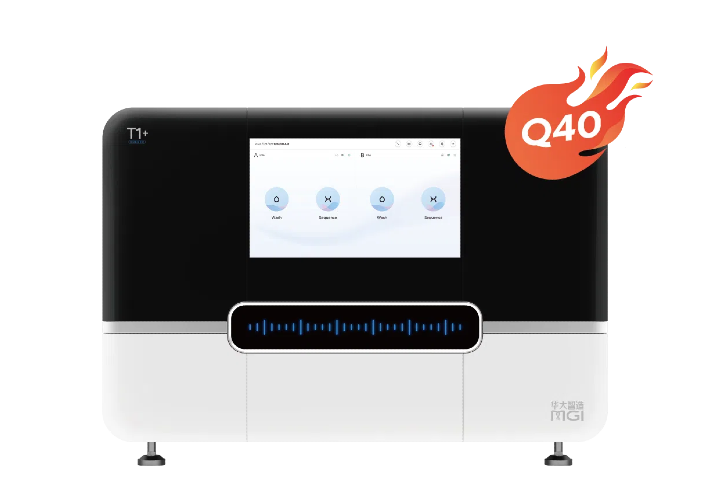

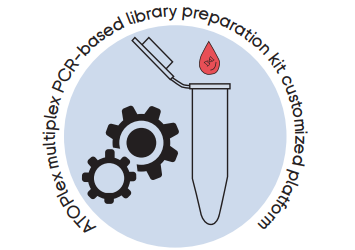
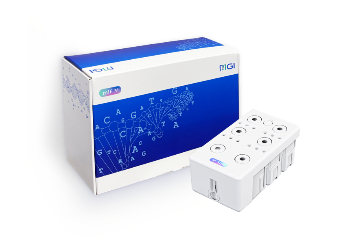

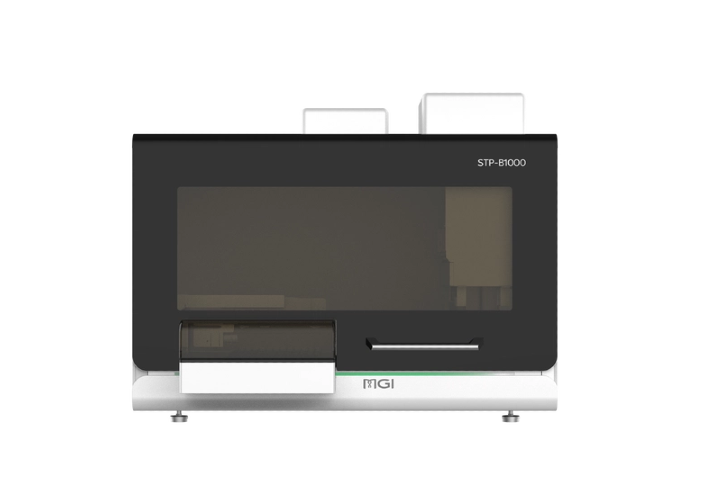
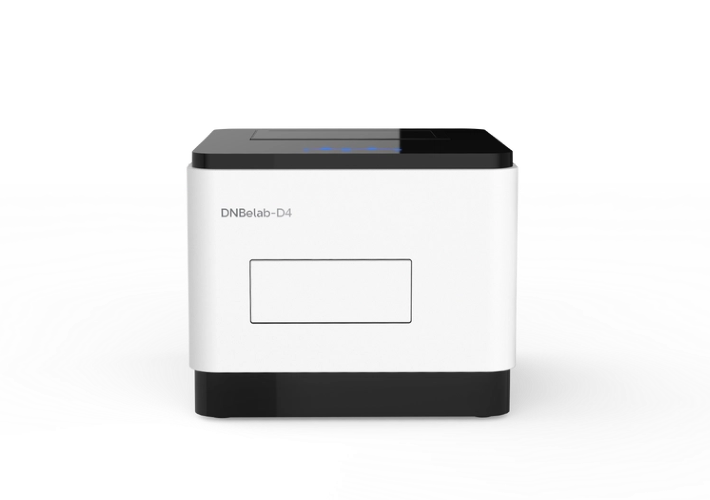
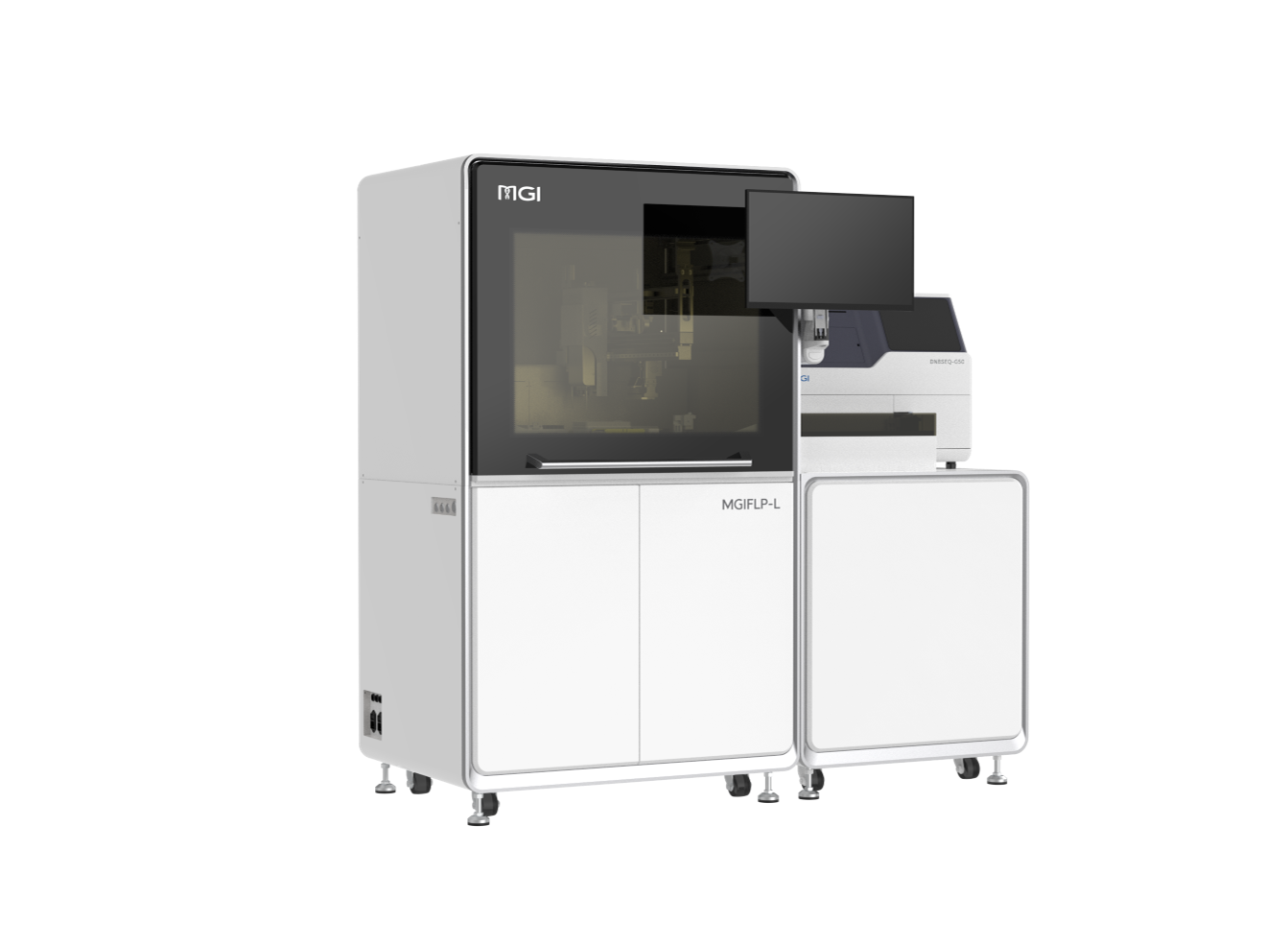
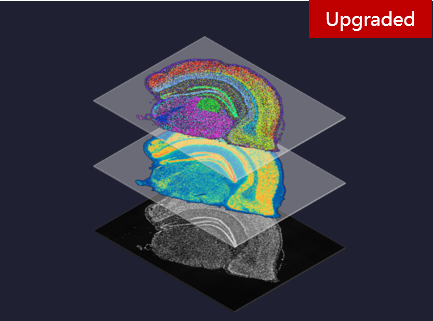
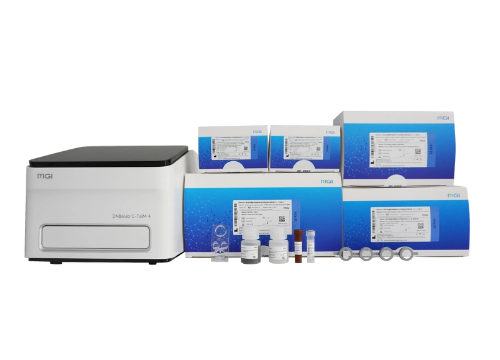
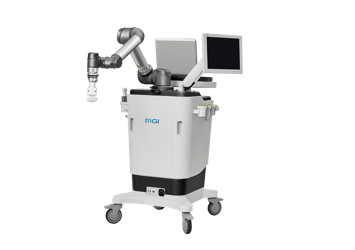

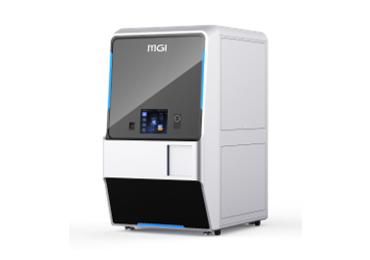
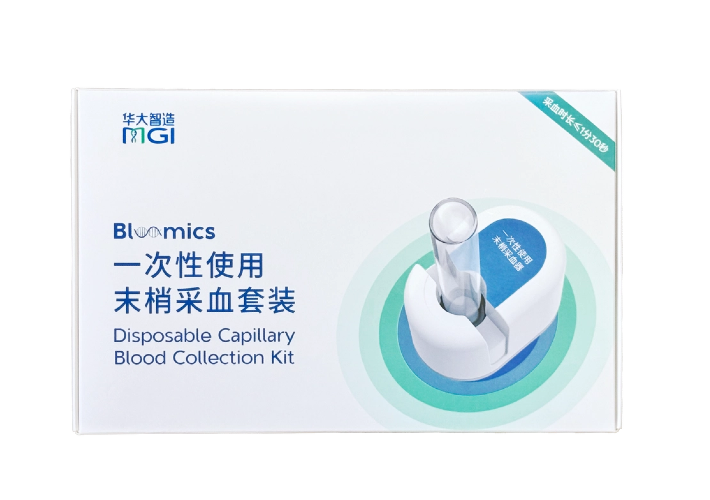


 Technologies
Technologies Applications
Applications Online Resources
Online Resources Data Bulletins
Data Bulletins Service & Support
Service & Support Global Programs
Global Programs Introduction
Introduction Newsroom
Newsroom Doing Business With Us
Doing Business With Us Creative Club
Creative Club










